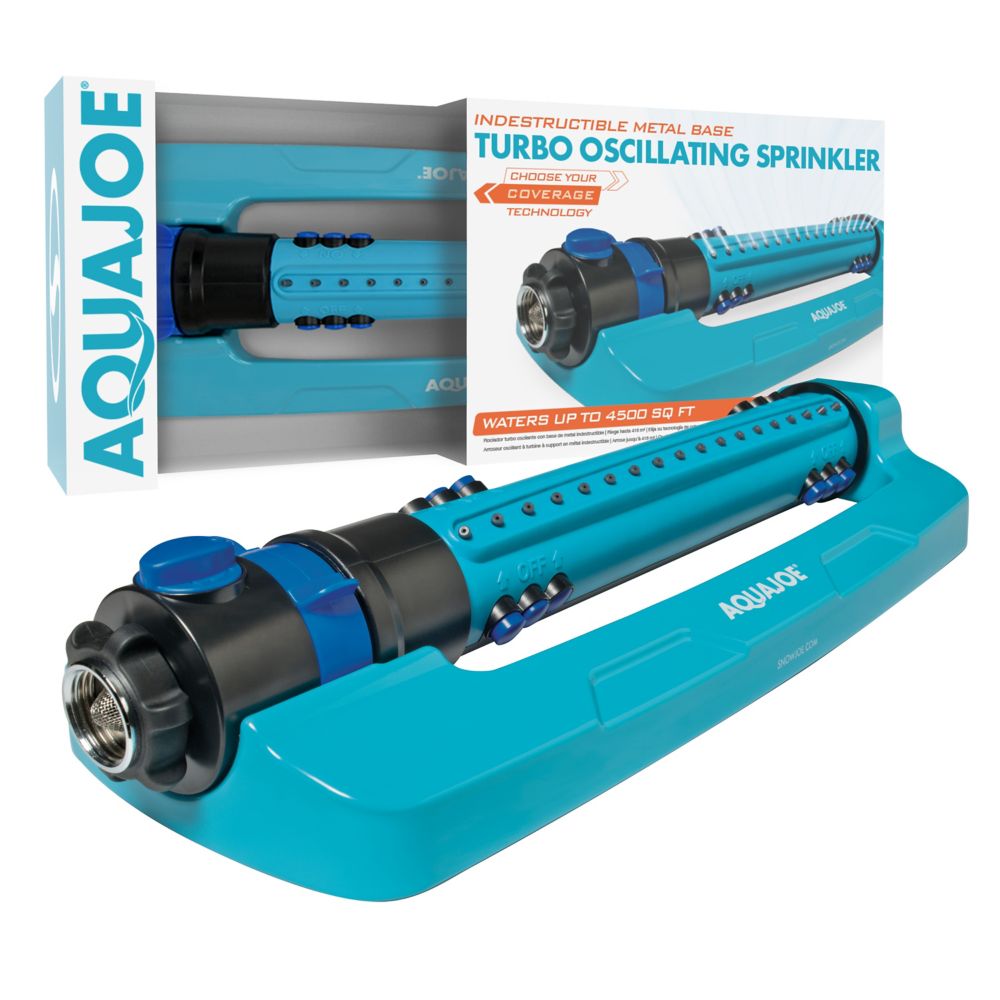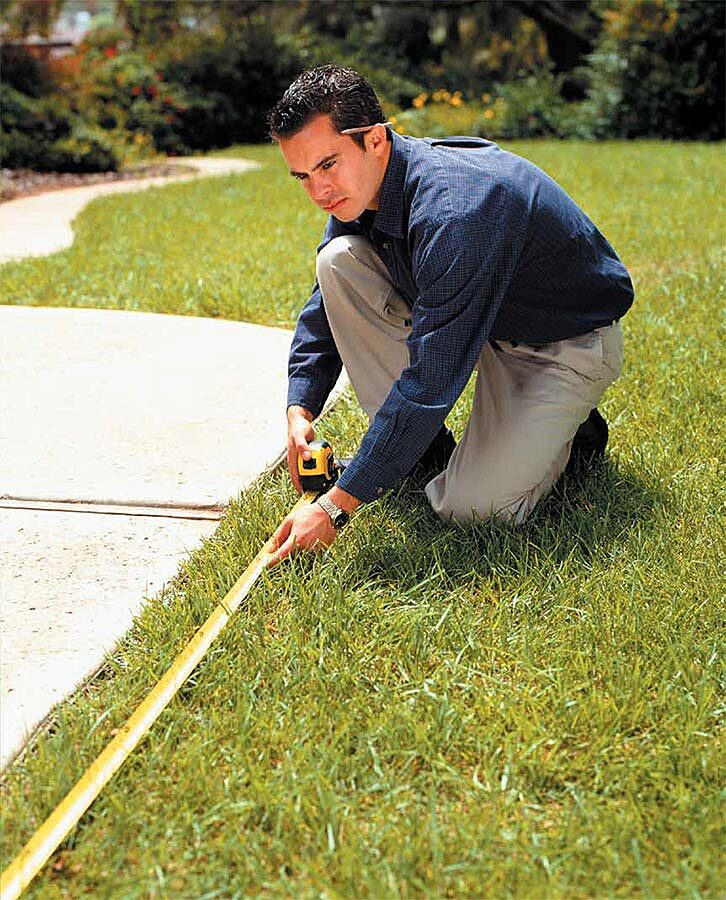

Fixed sprays: A fixed spray has a radius of 6-18 ft.Instead, you want to keep the same size and spray per zone. You don’t want to mix rotor sizes and sprays per hydrozone. Rotors: Choose your rotor head based on the radius and the reach it needs to make.You don’t want to mix brands because not all sprinkler systems are designed the same.Īdditionally, there are different sprinkler heads to meet the watering needs of your various hydrozones: Pick your sprinkler heads: Make sure you stick to one sprinkler brand. Here are 7 tips for finding the right sprinkler system contractor.Ĥ. Loam is the perfect soil and breaks apart when it’s wet, and sandy soil is unable to hold water. Soil type: You can have clay, loam or sandy soils.Group plants together based on their watering needs. Type of plants: Some plants need a lot of water, such as your lawn, and others, including native plants, don’t need a lot of water.
#Home depot sprinkler designer full#

For example, you can determine your outdoor water pressure by using a water gauge: It’s also wise to check your water’s pressure throughout your house because it can vary from one spot to another. Determine your water supply: Ask your local water authority to send you your property’s water pressure report. In your drawing, you need to include all landscape and hardscapes as well as other barriers, such as walkways, your driveway, your house, outdoor sheds.Ģ. Then draw it to scale, for example, by using one inch to equal 10 ft. Measure the length and width of your property. Measure and prepare the area for the sprinkler system: For this job, you’ll need graph paper, a pencil and a tape measure. There are seven necessary steps you need to include when you draw up your irrigation system’s design.

7 Basic Steps to Designing Your Residential Sprinkler System


 0 kommentar(er)
0 kommentar(er)
